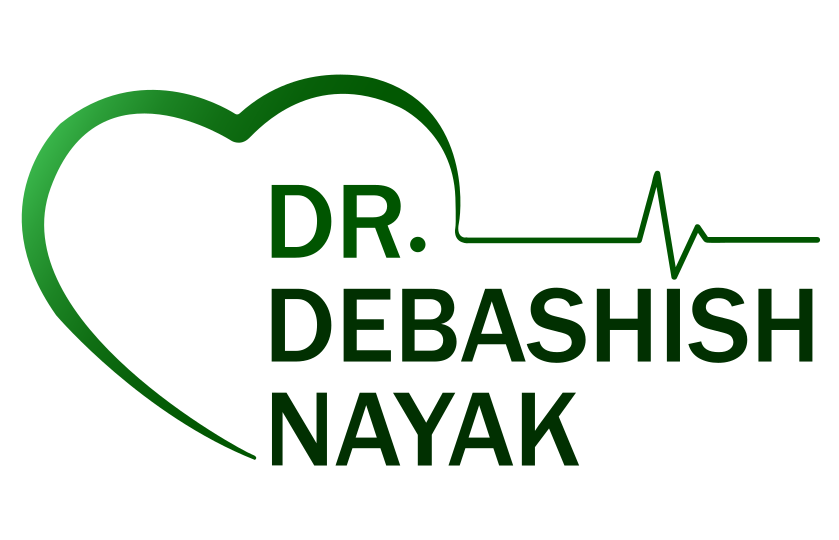
The aortic valve plays a crucial role in regulating blood flow from the heart to the rest of the body. When this valve becomes diseased or dysfunctional, it can impair cardiac function and compromise overall health. Aortic valve replacement is a remarkable surgical procedure that offers renewed hope for individuals with aortic valve disorders. In this blog post, we will explore aortic valve replacement in detail, understanding its importance, procedure, and the positive impact it has on patients’ lives.
Understanding Aortic Valve Disorders:
Before delving into aortic valve replacement, let’s first understand the conditions it aims to treat. Aortic valve disorders encompass a range of conditions, including aortic stenosis (narrowing of the valve), aortic regurgitation (leaking of the valve), and aortic insufficiency (inadequate valve closure). These conditions can result in symptoms such as chest pain, shortness of breath, fatigue, and reduced exercise tolerance. Prompt intervention becomes crucial to prevent further deterioration of cardiac function.
Aortic Valve Replacement: Restoring Cardiac Function:
Aortic valve replacement is a surgical procedure designed to replace a damaged or malfunctioning aortic valve with a prosthetic valve. The procedure aims to restore normal blood flow, alleviate symptoms, and improve overall cardiac function. There are two main types of valves used for replacement: mechanical valves, made of durable materials, and biological valves, derived from human or animal tissues.
Procedure Breakdown:
The aortic valve replacement procedure generally involves the following steps:
Incision and Exposure:
The surgical team creates an incision in the patient’s chest to gain access to the heart. This is typically done through a median sternotomy, allowing direct access to the aortic valve.
Valve Removal:
The diseased aortic valve is carefully removed, ensuring the surrounding structures are preserved. The removal process depends on the specific pathology and condition of the valve.
Valve Replacement:
The new prosthetic valve is securely implanted into the aortic valve’s position. The choice of valve—mechanical or biological—is based on factors such as the patient’s age, lifestyle, and medical history.
Closing and Recovery:
Once the replacement valve is in place, the incision is closed, and the patient is transferred to the recovery unit for monitoring and post-operative care.
Benefits and Considerations:
Aortic valve replacement offers several benefits to individuals with aortic valve disorders:
Improved Cardiac Function:
By replacing the diseased valve, aortic valve replacement restores normal blood flow and allows the heart to pump efficiently. This improves overall cardiac function and reduces the symptoms associated with valve disorders.
Enhanced Quality of Life:
Aortic valve replacement can significantly alleviate symptoms such as chest pain, shortness of breath, and fatigue. This restoration of vitality allows patients to regain their energy, engage in physical activities, and enjoy an improved quality of life.
Long-Term Durability:
Both mechanical and biological valves used in aortic valve replacement are designed for durability and longevity. Mechanical valves are known for their longevity, while biological valves offer excellent function without the need for long-term anticoagulation therapy.
Tailored Approach:
Aortic valve replacement can be customized to meet individual patient needs. Surgeons consider various factors such as age, medical history, lifestyle, and the specific valve pathology when choosing the most appropriate valve type.
Aortic valve replacement is a transformative surgical procedure that restores cardiac health and enhances the quality of life for individuals with aortic valve disorders. By replacing a malfunctioning valve with a prosthetic alternative, patients experience improved cardiac function, symptom relief, and renewed vitality.
Recent Posts
- Raising Awareness: Protecting Our Hearts and Lives from Rheumatic Heart Disease
- Empowering Surgeons: CME and Workshop on Vascular Injury Management
- Know more about rheumatic heart disease
- Mitral Valve Replacement: Restoring Cardiac Harmony and Quality of Life
- Aortic Aneurysm Repair & Dissection: Safeguarding the Lifeline of the Cardiovascular System



